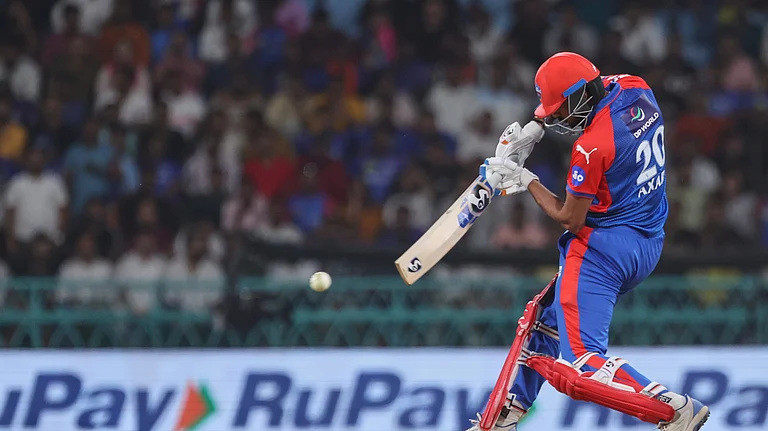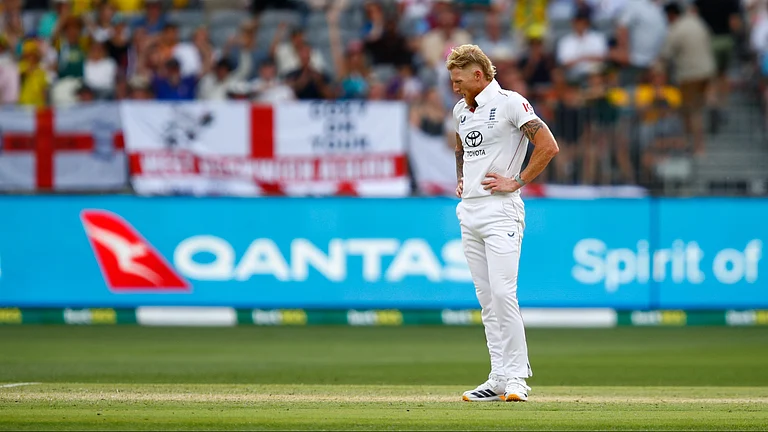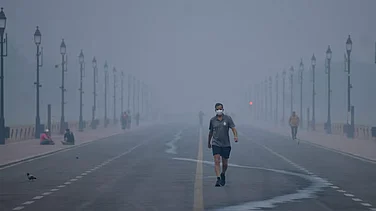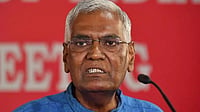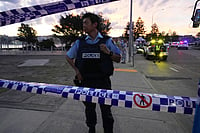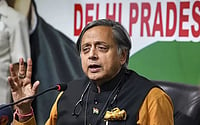THE tempo had been building for some time,till both parties used newspapers to warn that the end was near. While the worstseems to be over, both the BJP and the Shiv Sena are finding it difficult to gloss over the their coalition's roughestpatch.
It happened almost as suddenly as it blew over. Shiv Senasupremo Bal Thackeray, who first sparked off acrimony, called a halt last week,saying there was no 'rift' between the two parties, just the usualdifferences present in any inter-personal relationship.
After a series of differences, including a threat to itsGujarat unit, the BJP disclosure in a local newspaper that it could take no morereceived a sharp retort from the Sena chief. In the Sena's newspaper Saamna,Thackeray warned that his party would not hesitate to pull out of thegovernment if the BJP continued with its confrontationist stand. The BJP-ShivSena relationship has always been bumpy, replete with threats and histrionics.Recently even the adhesive called power, which has kept them in governmenttogether, seemed to be coming unstuck.
At the root of it all is the struggle to enhance a politicalbase and checkmate the other partner. In the list of negatives, the most seriousfor the BJP has been a consolidation of strength by its ally, when sixIndependents were made associate members of the Shiv Sena in June. "Ultimately both of uswould like to fight on our own strength," says a BJP leader from Bombay.
Then there was the story in Saamnawhich said that theGujarat BJP dissident leader, Shankersinh Vaghela, was going to join the Senaalong with 68 MLAs. The BJP saw it as an unfair pressure tactic by the Sena tosecure help in preventing the election of Chhagan Bhujbal as the leader of theopposition in the Maharashtra Legislative Council.
That the BJP refused—or backed out, as the Sena says—infuriatedThackeray, who alleges that they broke a promise and helped Bhujbal. Bhujbal hadled the first major split from the Shiv Sena in late 1991 and joined theCongress to later become a minister. The Sena sought the BJP's help to preventhim from leading the opposition in the Legislative Council. So, it asked the BJPto attach eight of its 12 members in the council to the Independents, trying atrick which Sharad Pawar successfully executed in 1990 to prevent a BJPcandidate from getting the post.
"It was morally unfair and we refused. Wealso decided to teach them a lesson," says a BJP legislator. But in partthis was a return payment for the Sena's refusal to help with former Congressminister Vilasrao Deshmukh's election to the Legislative Council as anIndependent. The Sena feared that Deshmukh would form a support group for theBJP among the Independents. It now has to watch Bhujbal lead the opposition in the Council. Andhe says he will take every opportunity to bring up the Sena's string ofmisdemeanours.
These include alleged extortion bids and assaults, which arebecoming an embarrassment for the BJP. At a time when the BJP is seeking wideracceptance nationally, it is tied locally with a regional party that has its ownrule book. When an extortionist used the Sena chief's son's name to threatena builder and was arrested from Jaidev Thackeray's building premises—or ShivSainiks assaulted and blackened the face of Vishwanath Yemul, director of thegovernment-run Haffkine Institute, before takinghim to Bal Thackeray'sresidence—the BJP has also had to come up with explanations.
"They haveblackened our faces," said a BJP leader listening to Deputy Chief MinisterGopinath Munde's reply to a discussion in the Legislative Council on theHaffkine episode.
Some skilful balancing techniques arerequired here as Munde, who holds the home portfolio, hasbeen a target of much of the Sena chief's anger. Some of it dates back tobuilder Krishna Chamankar's complaint that a certain Keshav Pujari had usedJaidev Thackeray's name to threaten him in a land dispute. Jaidev's buildingpremises were raided—the government has denied that the police entered hisflat—and Pujari was picked up. This led to furious denials from the Sena chiefabout his son's involvement. Thackeray termed it a deliberate attempt toembarrass him and the government on the eve of the legislature session.
But his party had already provided grist for a hot session.When the current legislature session began on July 8, a number of Sena workersentered the Haffkine director's office, tarred his face and took him to theresidence of the Sena chief where he had to wait for two hours. This came a fewdays after Sena workers blackened the face of a senior executive of Nippon DenroIspat in Maharashtra's Raigad district.
These events have not helped strengthen the ties between thetwo parties. In fact, most of the soreness between the two parties has beencentred around affairs that come within the purview of the home portfolio. Themost major instance of this was the Sanjay Dutt case. While the Sena pressed forhis release, the BJP was against it. Extensions to senior bureaucrats,transfers, etc, have seen the two parties take opposite sides. Often caught onthe tight rope are Chief Minister Manohar Joshi, who has to do a balancing act,and his deputy Munde. No wonder then that despite the fact that the two sideshave called a truce, no one really believes the war is over.







